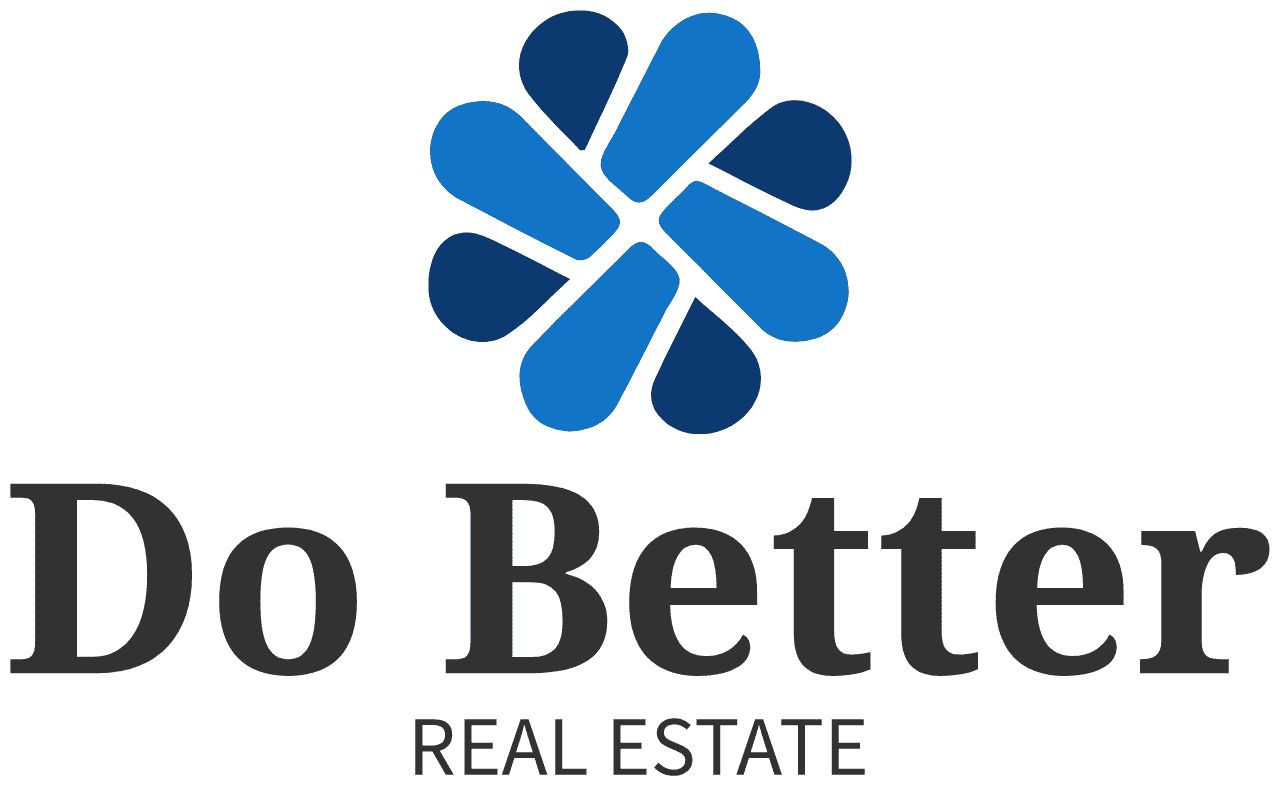Key Takeaways
- Mortgage rates have risen to nearly 7%, requiring a national household income of $70,164 to afford a typical starter home.
- The required income to afford starter homes has increased over 100% from 2019 to 2024.
- Starter home prices have climbed by 53.7% over the past five years, contributing to affordability challenges.
- West Virginia requires the least income for a starter home, at $31,653, while Hawaii requires the most, at $167,199.
- First-time homebuyer participation has dropped to a record low of 24% due to affordability issues.
- Mortgage payments for starter homes should not exceed 30% of household income for affordability.
In recent years, the housing market has faced significant shifts, challenging the dreams of many aspiring homeowners. As we delve into 2025, understanding the soaring mortgage rates and their implications becomes essential for those contemplating entering the housing market.
Mortgage Rates on the Rise
Mortgage rates are a cornerstone of the housing market, influencing purchasing power and affordability. As of 2025, rates have surged to nearly 7%, a significant increase compared to previous years. This leap necessitates a national household income of $70,164 to secure a typical starter home, a figure that has more than doubled since 2019.
The Journey from 2019 to 2025
- 2019 Snapshot:
- Average mortgage rates were around 3.9%.
- The national income requirement for a starter home was approximately $32,357.
- 2025 Landscape:
- Mortgage rates have climbed to nearly 7%.
- The income requirement has skyrocketed to $70,164, marking an over 100% increase.
Such a steep rise in mortgage rates, coupled with soaring home prices, presents a substantial barrier to entry for many first-time buyers.
The Steep Hike in Starter Home Prices
Housing prices, particularly for starter homes, have seen a dramatic climb, soaring by 53.7% over the last five years. What does this mean for potential buyers?
- 2024 Average Starter Home Price: $292,950
- 2019 Average Starter Home Price: $190,559
This surge contributes significantly to the overall challenge of affordability, necessitating higher incomes for potential homeowners.
Geographic Disparities in Affordability
The affordability conundrum is not uniform across the United States. Different states present vastly different challenges:
- West Virginia requires the least income for a starter home, standing at $31,653.
- Hawaii, on the opposite end, demands a minimum income of $167,199, illustrating the steep affordability gradient between states.
These figures highlight the critical role of geographic location in the home-buying process, especially for those seeking starter homes.
Decline in First-Time Homebuyer Participation
The increasing costs and rising mortgage rates have pushed many first-time buyers to the sidelines. The participation rate among this group has plummeted to a record low of 24%. This decline is concerning and has widespread implications for the housing market:
- Challenges:
- First-time buyers often lack substantial savings and equity.
- Higher prices and mortgage rates compound their financial hurdles.
- Market Impact:
- Reduced demand may eventually lead to adjustments in pricing and real estate strategies.
Strategies for Potential Buyers in 2025
Navigating the current market requires strategic planning and financial acumen:
- Evaluate Your Budget: Ensure that monthly mortgage payments do not exceed 30% of your household income.
- Explore Financial Assistance Programs: Look into governmental and non-profit programs that offer assistance to first-time buyers.
- Consider Alternative Locations: Focus on states or regions with lower income requirements for homeownership.
- Increase Savings and Equity: Prioritize saving, possibly delaying purchasing plans to build a more substantial financial foundation.
- Seek Professional Advice: Engage with financial advisors and real estate professionals who can offer personalized guidance.
The housing market in 2025 presents unique challenges for first-time buyers, with escalating mortgage rates and home prices at the forefront. However, with careful planning and strategic financial management, it remains possible to navigate these waters and achieve the dream of homeownership.






